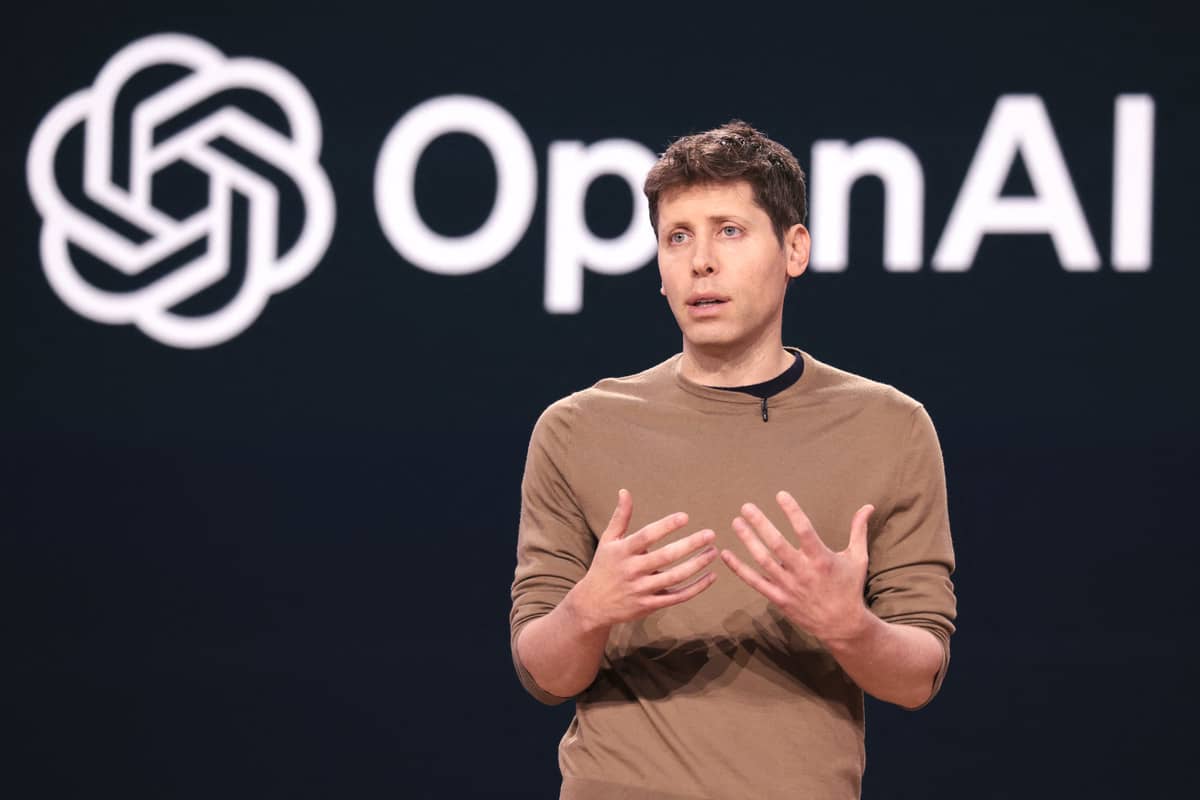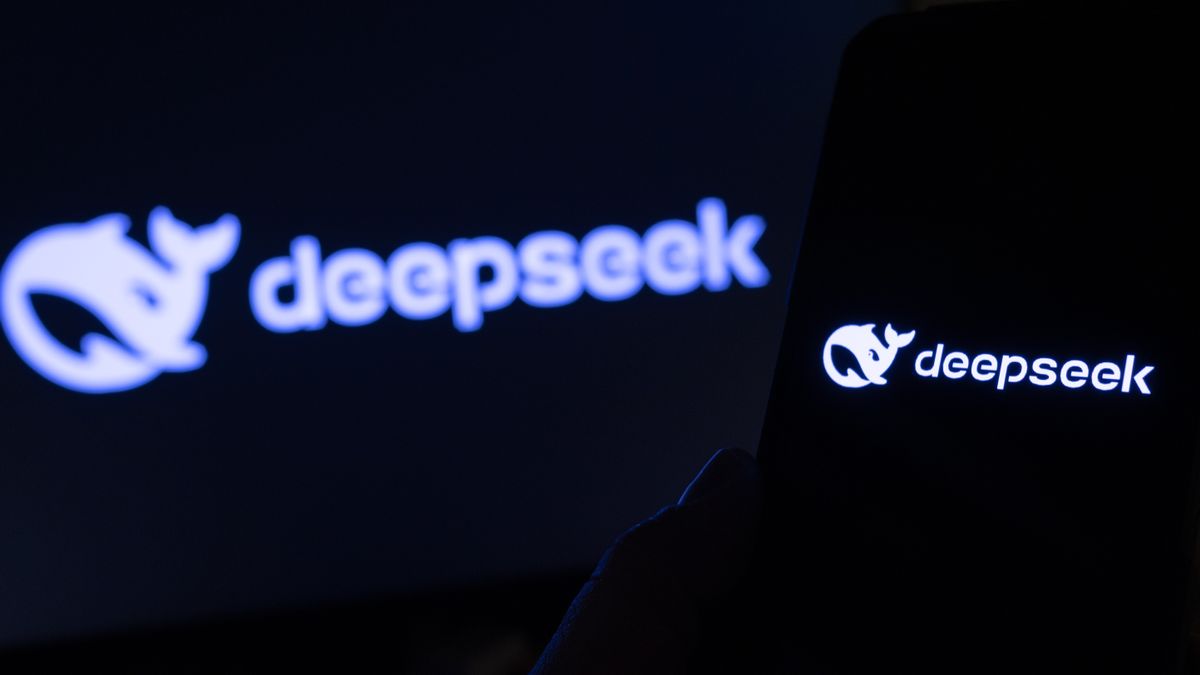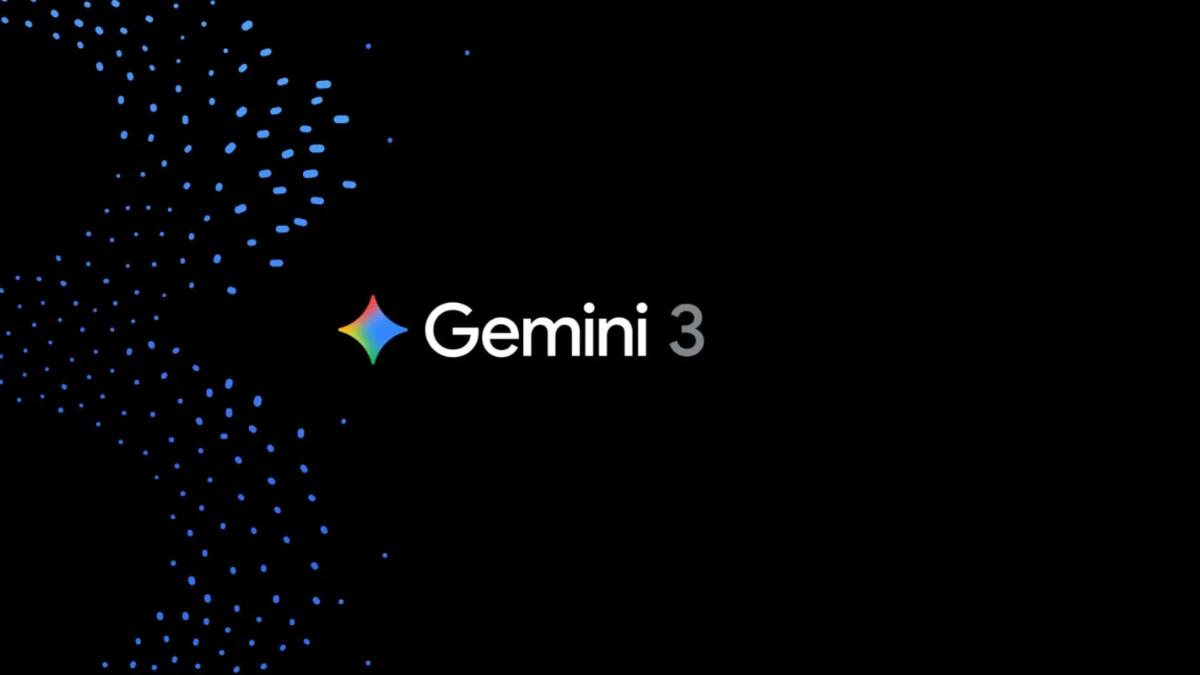SearchGPT is OpenAI’s groundbreaking AI-powered search engine that aims to revolutionize the way people find information online. Launched in prototype form, it utilizes advanced language models and machine learning to provide direct answers to user queries, rather than simply returning lists of links.
The key innovation of SearchGPT lies in its ability to understand natural language, maintain conversational context, and deliver relevant, concise responses. By leveraging the power of large language models trained on vast amounts of data, SearchGPT can comprehend complex questions, extract pertinent information, and synthesize answers in a clear, easy-to-understand format.
How Does SearchGPT Work?
SearchGPT employs a multi-step process to deliver accurate and informative responses:
- Query Understanding: When a user submits a query, SearchGPT’s language models analyze the question, identifying key entities, concepts, and context to determine the user’s intent.
- Information Retrieval: The system then searches through a vast corpus of online content, including web pages, articles, and databases, to find the most relevant information to answer the query.
- Answer Generation: Using its language models, SearchGPT generates a concise, coherent answer by extracting relevant information from the retrieved sources and synthesizing it into a clear, easy-to-understand response.
- Result Presentation: The generated answer is presented to the user, along with relevant sources and citations, allowing them to verify the information and explore further if desired.
Key Features of SearchGPT
- Natural Language Understanding: SearchGPT’s advanced language models can comprehend complex queries, maintain context, and provide relevant answers, making it easier for users to find the information they need.
- Real-Time Updates: The system continuously updates its knowledge base, ensuring that the information it provides is current and accurate.
- Clear Source Attribution: SearchGPT clearly attributes the sources of its information, allowing users to verify the accuracy of the provided answers and explore further if desired.
- User-Friendly Interface: The search engine’s interface is designed to be intuitive and easy to use, with results categorized and presented in a clear, organized manner.
- Collaboration with Publishers: OpenAI is working closely with content publishers to ensure that their material is properly indexed and managed within the SearchGPT ecosystem.
The Future of SearchGPT
As SearchGPT continues to evolve and improve, it has the potential to significantly disrupt the traditional search engine market. By providing direct answers and maintaining conversational context, it offers a more user-friendly and efficient way to find information online.
However, the success of SearchGPT will depend on several factors, including its ability to scale while maintaining accuracy, its integration with existing online content, and its adoption by both users and publishers.
Additionally, there are concerns about the potential impact of AI-powered search engines on the spread of misinformation and the need for robust fact-checking mechanisms. As SearchGPT develops, it will be crucial for OpenAI to address these issues and ensure that the information provided is reliable and trustworthy.














